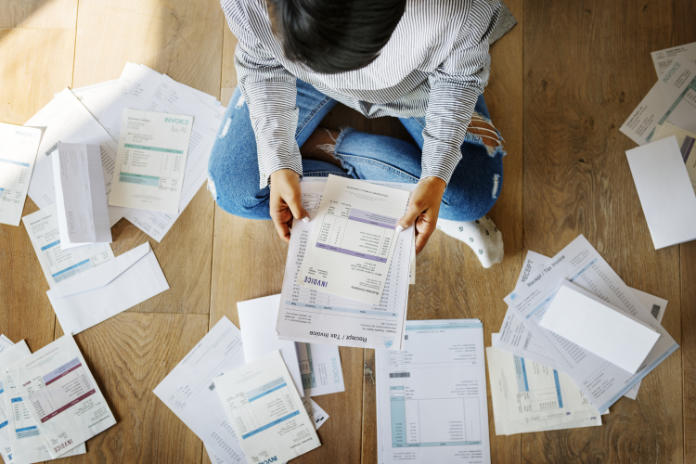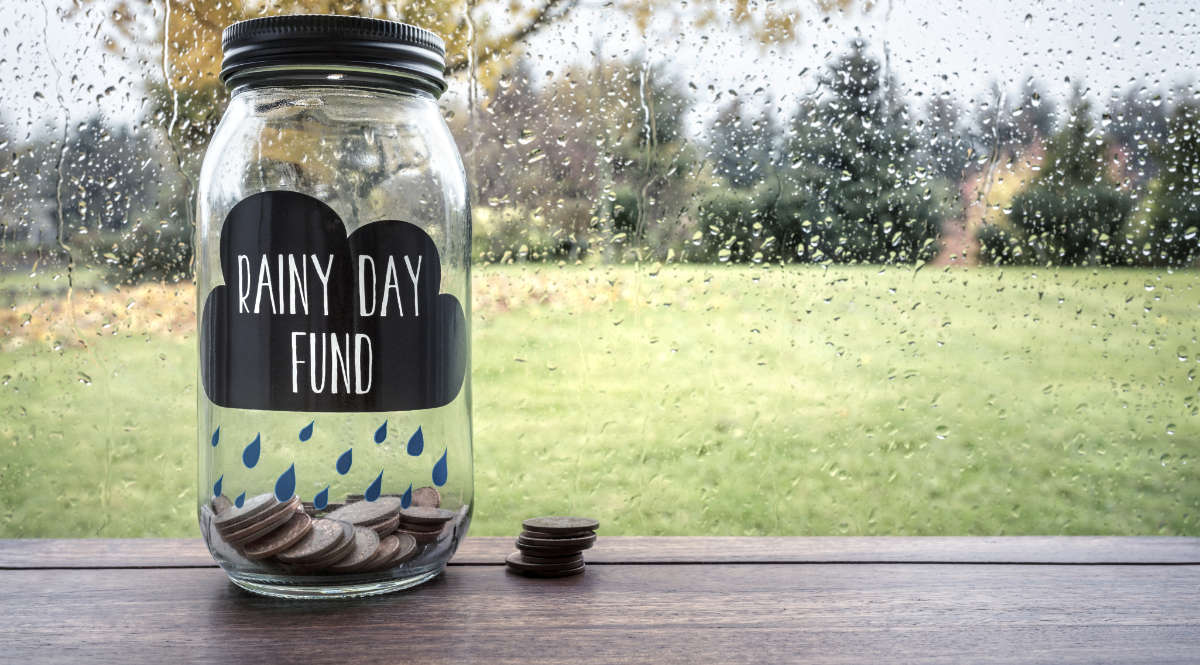If you found yourself in a sudden tight spot, do you have rainy day savings to draw upon – a pot of money set aside to see you through the squeeze? Nearly half (45%) of people don’t have an emergency savings safety net, according to research by Hargreaves Lansdown.
Sarah Coles, a personal finance analyst at Hargreaves Lansdown, which commissioned the research, says: “People of working age should have three to six months’ worth of expenses in an easy-access savings account for emergencies.
“Our calculations show that this means having at least £3,000 in savings for the average single person. And that just covers the bare minimum: if you don’t want to be forced to make harsh cutbacks in a crisis, you should have at least £6,000.”
Building up a rainy day savings sum like that isn’t easy for everyone, of course, especially if your day-to-day budget is already quite tight. But could there still be ways to save and set aside that all-important safety net and start an emergency fund?
Rainy day savings – 5 ways to start an emergency fund
To get started, here are five tips from Coles for working towards that crucial £3,000 safety net and beyond…
1. Work out where you spend your money
Some banking apps will break down your spending for you. Otherwise, keep a diary of everything you spend over a few weeks and check your bank statements to see what your bills add up to.
2. Create a budget planner

There are several available, but the MoneySavingExpert budget planner is a good place to start. Take all the spending information you have and put it into the planner – alongside your income. It’ll show you how much you’re overspending by, and how much you need to cut your costs in order to free up a lump sum each month to save.
3. Focus on painless cost-cutting

The easiest ways to cut back are painless – so shop around for cheaper bills, consider trading down to a cheaper supermarket, and cut spending or subscriptions you don’t value. Then you need to make some slightly more painful decisions about spending on luxuries you don’t really need.
4. Set up a direct debit
Savings contributions should go straight out of your current account on payday, before you can spend them. Set them up to go into a competitive easy access savings account.
5. Save a bit each month into a rainy day savings account
A sum of £3,000 can feel like a huge target, but don’t let it put you off. Save whatever you can afford, as soon as possible, and make a note to revisit it each month.
If you find that you’re not even noticing the cash you put away, see if you can squeeze a bit more out of your budget, and put a little more aside each month. Small changes will soon add up.































































